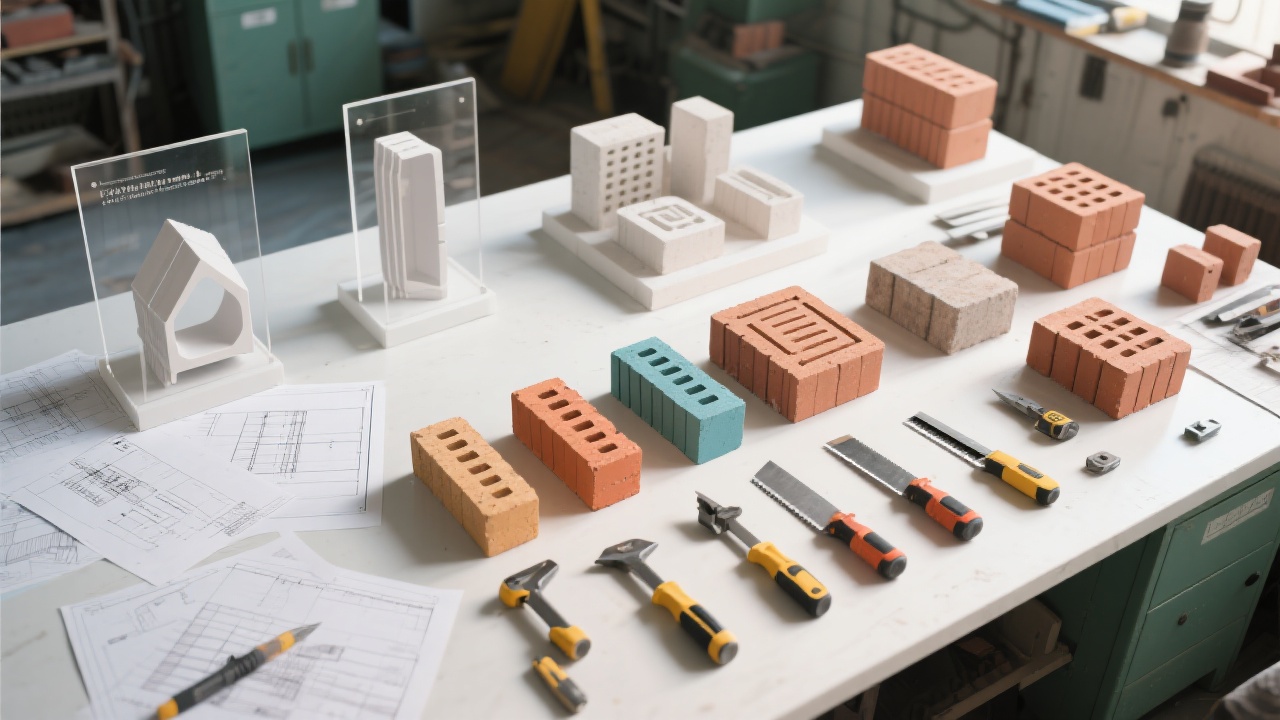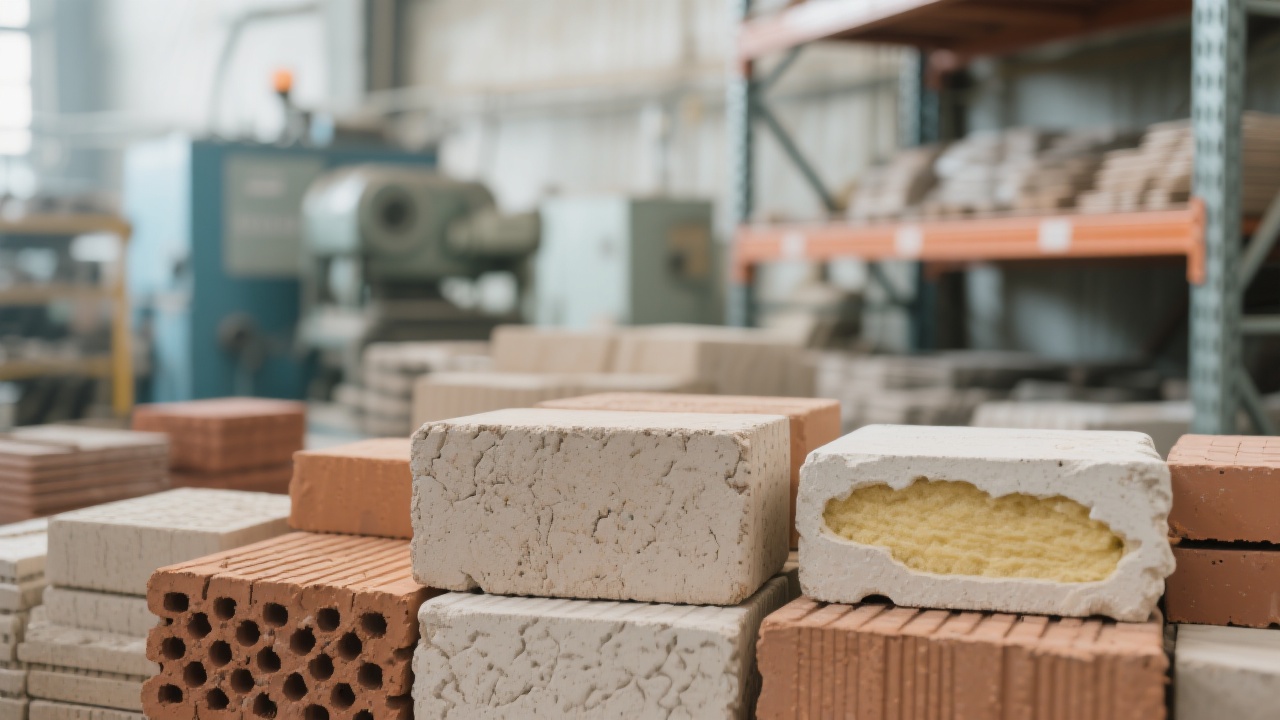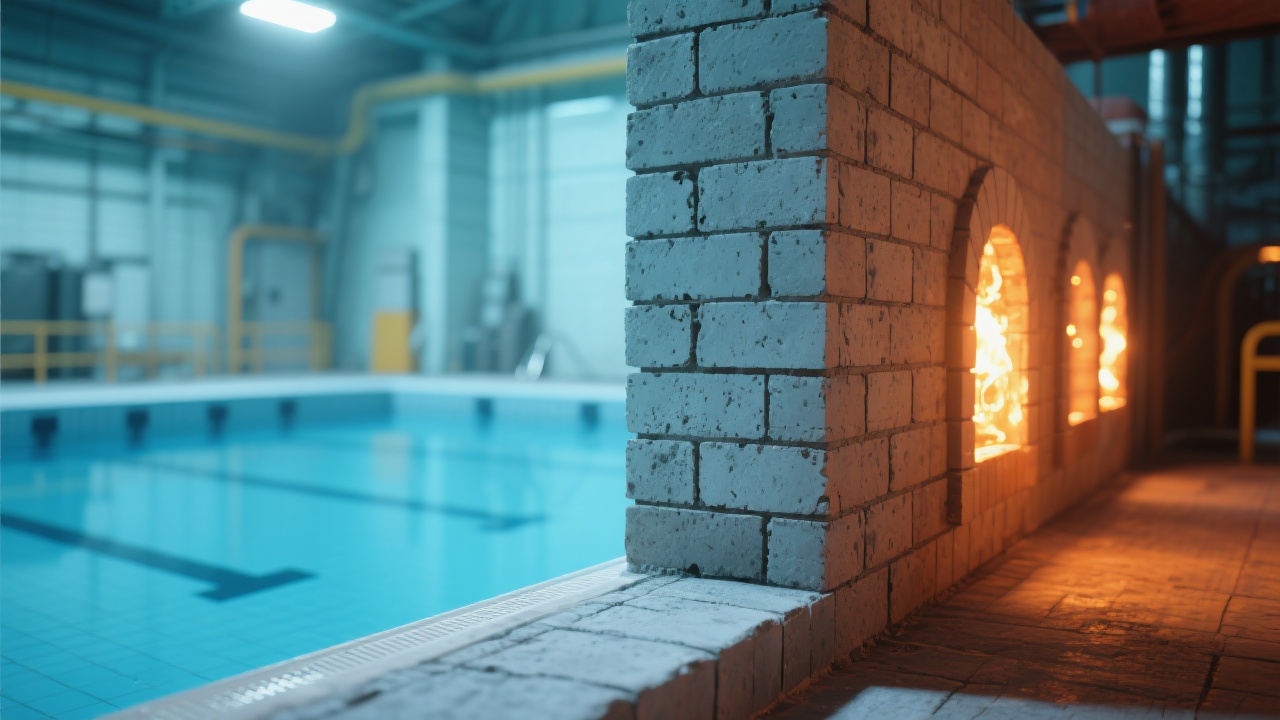
Low-density porous cordierite materials have unique structural and performance characteristics that make them stand out in high-temperature applications. Structurally, cordierite has a complex crystal structure. Under electron microscopy, its microstructure shows a well - ordered arrangement of crystals with a large number of uniformly distributed pores. These pores play a crucial role in enhancing the material's performance.
In terms of performance, cordierite exhibits excellent thermal - physical properties. Its low thermal expansion coefficient is one of its most prominent features. For example, in权威实验数据显示,在1000 - 1300ºC, the thermal expansion coefficient of cordierite is as low as 1 - 2×10⁻⁶/ºC, which is much lower than many other high - temperature materials. This low thermal expansion coefficient effectively reduces the internal stress generated by temperature changes, thereby improving the material's resistance to thermal shock.

Another significant performance advantage is its extremely low creep rate. Creep is a common problem in high - temperature environments, which can lead to deformation and failure of materials over time. Cordierite, however, has a creep rate of less than 0.1% after 100 hours at 1200ºC, ensuring the long - term stability of the material in high - temperature applications.
In high - temperature heat treatment processes ranging from 1000ºC to 1300ºC, low - density porous cordierite materials offer several distinct advantages. First, their high resistance to thermal shock allows them to withstand rapid temperature changes without cracking or damage. For instance, in a steel heat - treatment plant, when using cordierite - based kiln furniture, the material can endure the sudden temperature changes during the quenching process, which significantly extends the service life of the kiln furniture.
Second, the low creep rate ensures the dimensional stability of the kiln furniture. In a ceramic firing process, maintaining the correct shape and size of the kiln furniture is crucial for the quality of the final products. Cordierite's low creep rate guarantees that the kiln furniture remains dimensionally stable throughout the long - term high - temperature firing process, reducing the defect rate of the ceramic products.

Moreover, the low thermal conductivity of cordierite helps to reduce energy consumption in high - temperature processes. Since less heat is transferred through the kiln furniture, less energy is required to maintain the desired temperature in the kiln. According to industry statistics, using cordierite kiln furniture can reduce energy consumption by up to 15% compared to traditional materials.
In installation devices, low - density porous cordierite materials are widely used. For example, in a semiconductor manufacturing plant, the installation fixtures for high - temperature processing equipment are made of cordierite. The material's high resistance to thermal shock and low creep rate ensure the stability and accuracy of the installation, reducing the maintenance frequency and cost of the equipment.
Cranks in high - temperature machinery also benefit from cordierite materials. In a glass - making factory, the cranks used in the glass - forming process are made of cordierite. The material's excellent mechanical properties at high temperatures prevent the cranks from deforming, ensuring the smooth operation of the glass - forming equipment.
Cordierite felts are used for insulation in high - temperature environments. In a metal - heat - treatment furnace, cordierite felts are placed around the furnace to reduce heat loss. The low thermal conductivity of the felts effectively improves the energy efficiency of the furnace.
Support systems in high - temperature kilns rely on cordierite for their stability. In a ceramic kiln, the support brackets made of cordierite can withstand the weight of the ceramic products and the high - temperature environment for a long time without deforming, ensuring the normal operation of the kiln.

The future of low - density porous cordierite materials looks promising. With the continuous development of high - temperature industries, there is an increasing demand for materials with better performance. In the future, research on cordierite materials will focus on further improving their performance, such as increasing their strength and improving their resistance to chemical corrosion.
In addition, new application fields are expected to emerge. For example, with the development of the aerospace industry, cordierite materials may be used in high - temperature components of aircraft engines. The unique properties of cordierite, such as its low density and high resistance to thermal shock, make it a potential candidate for these applications.
Discover the exceptional performance of low - density porous cordierite materials for your high - temperature applications! Click here to learn more and explore how our materials can enhance your processes and reduce costs.

